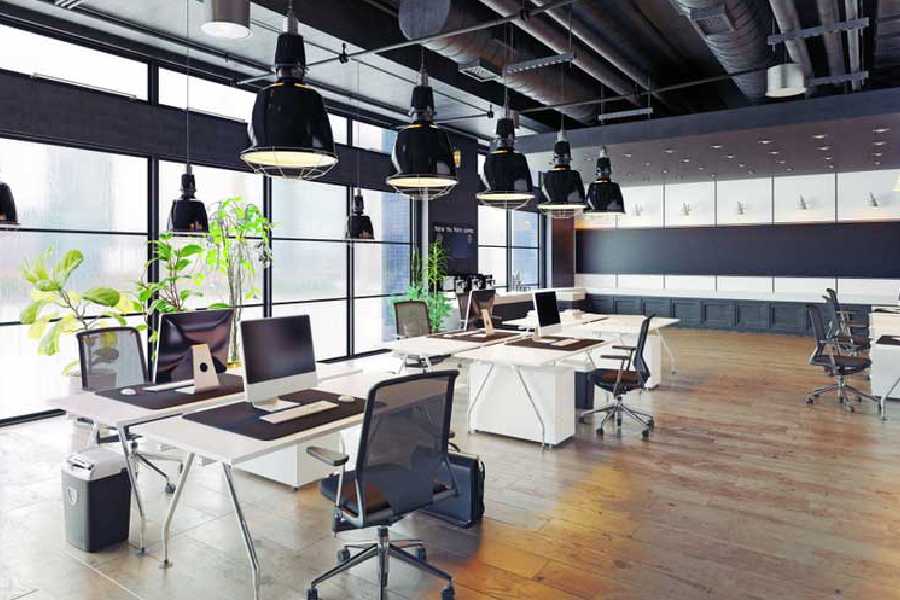A measured move towards returning back to office, ending the work-from-home and hybrid work models, is reflecting on the office space absorption in the country.
The net absorption, which is calculated as the new floor space occupied sans floor space vacated, of seven major cities of India stood at 10.37 million square feet, a 18-month high, according to the latest data published by property consultancy JLL.
Hyderabad, Bangalore and Delhi-NCR led the absorption in terms of location in Q3CY23.
On a year-to-date (YTD) basis, Calcutta showed a 98 per cent jump, the highest among all cities, albeit on a low base. However, the city was at the bottom of the pyramid in terms of transaction volume.
Moreover, the net absorption was lower in July-September period compared with the three months ended June 30.
The city witnessed 0.94 million square feet on a YTD basis, and 0.14 million square feet in Q3, down 57.1 per cent from 0.33 million square feet.
Even though IT sector bellwether TCS called its employees back to office for five days a week, it is the non-IT segment which is leading the resumption of office more than the IT segment.
The JLL report suggests that the engineering and the manufacturing sector have become the biggest contributor in leasing activities during Q3, accounting for 18.6 per cent share. The flex space office operators came close second with an 18.4 per cent share.
“There is a buoyancy in manufacturing activities and hence the front office of the sector is expanding their office space,” Samantak Das, chief economist and head of research & REIS, JLL, said.
One of the standout trends observed was how the IT sector, which drove Indian office market consumption for years, slipped to fourth spot for the first time in a decade.
The sluggishness in technology on account of the third-party IT firms evaluating their current portfolio weighed down on the sector.
Leasing activities in Q3 also demonstrated the role of global capability centres (GCCs) of large MNCs which continue to offshore work to India, driven by local talent pool and lower operational cost. The segment has now gone beyond IT to engineering, financial services, machine learning/artificial intelligence, robotics and healthcare among others.
Rahul Arora, head office leasing advisory, JLL India, said, “ This strong leasing momentum is driven by India’s tech ecosystem which is seeing strong offshoring and R&D work across multiple sectors. GCCs accounted for a 44 per cent occupier share in Q3 in terms of operations.”
Even though on a year-to-date basis, net absorption showed a dip of 13.96 per cent to 25.96 million square feet in seven cities, JLL maintained its full year forecast of 36-39 million square feet.
“With deal closures on track we are likely to see the net absorption numbers meet the forecasts of 36-39 million sq ft in 2023,” Das added.










